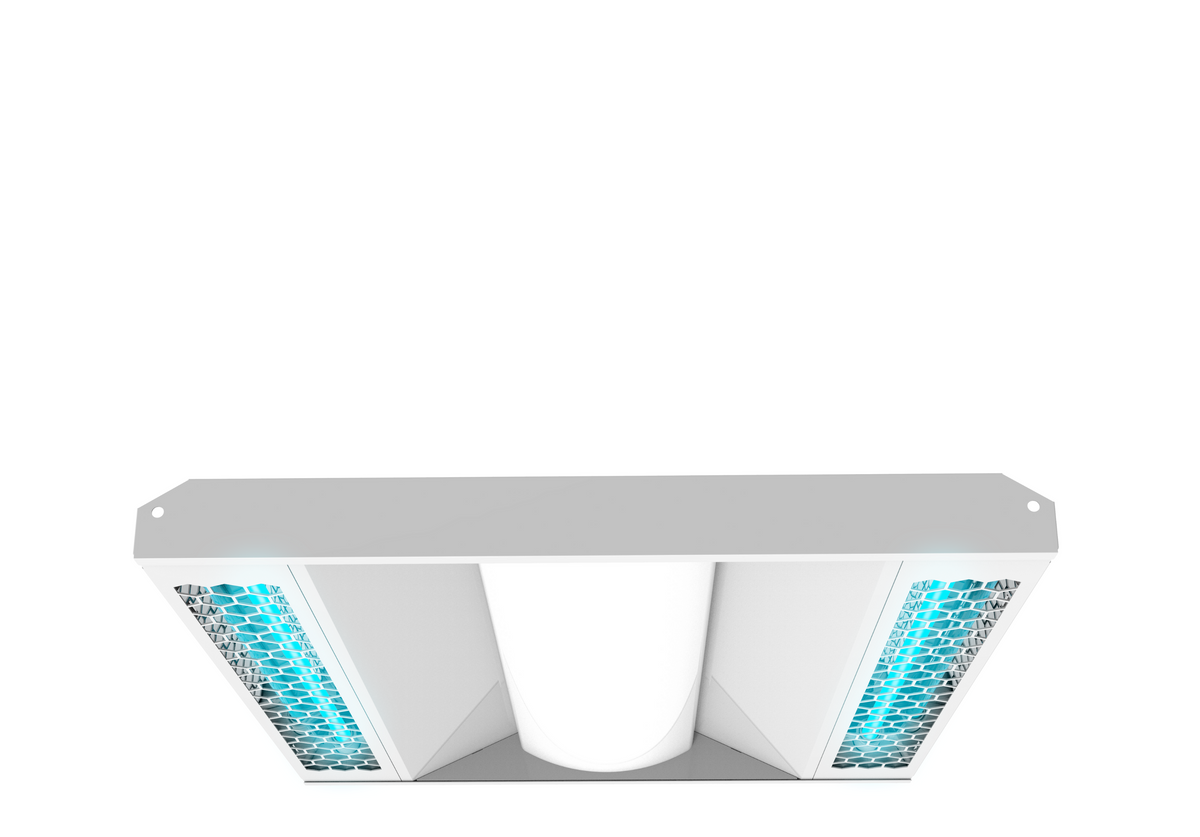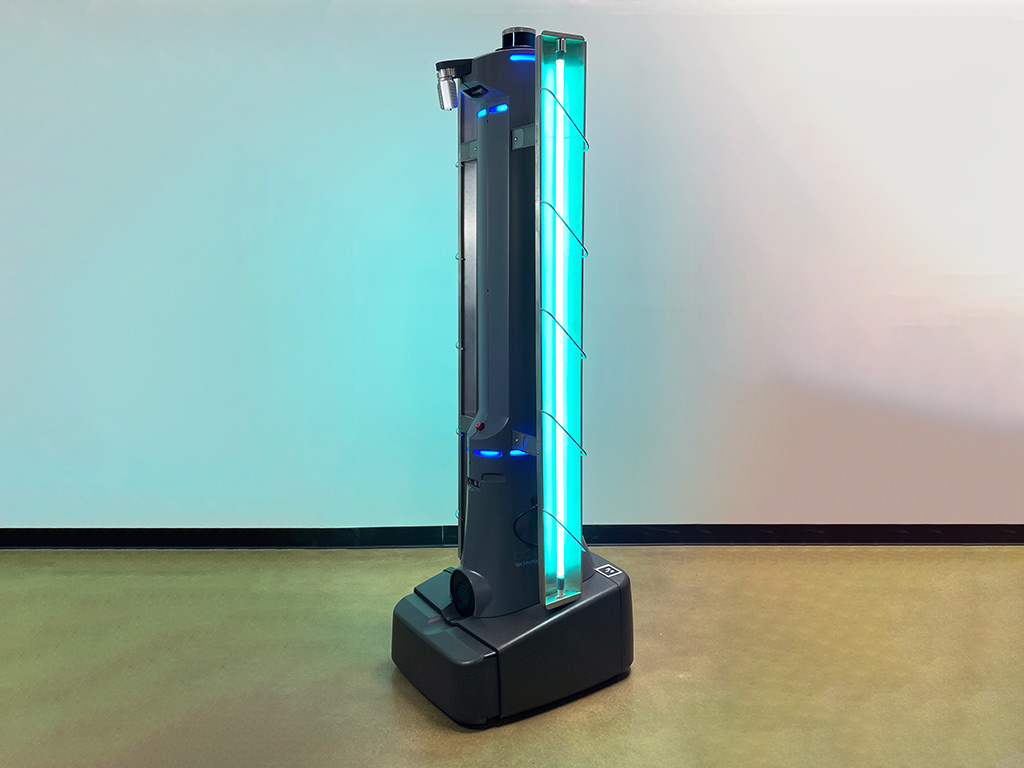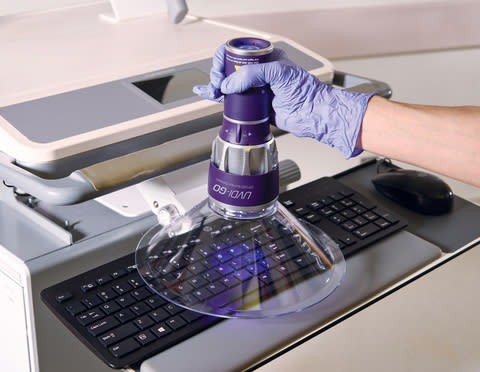Discover the Advantages of UV Surface Disinfection: Efficient and Eco-Friendly Hygiene
Discover the Advantages of UV Surface Disinfection: Efficient and Eco-Friendly Hygiene
Blog Article
Exploring UV Sanitation: An Important Device in the Battle Against Unsafe Virus
As the globe encounters an ever-increasing hazard from dangerous pathogens, the search for effective techniques of disinfection has come to be an urgent priority. One such approach that has actually gathered significant focus is UV sanitation. In this conversation, we will certainly dive right into the world of UV sanitation, uncovering its possible as a vital device in the fight against dangerous microorganisms.
Exactly How Does UV Disinfection Work?
UV sanitation works by making use of ultraviolet (UV) light to remove dangerous microorganisms and avoid their spread. This highly reliable technique includes the use of UV radiation to interrupt the DNA and RNA of bacteria, rendering them unable to replicate and creating their ultimate damage.
When UV light is used for sanitation, it is commonly produced from a light or light bulb that generates a certain wavelength of UV-C light. uv surface disinfection. This wavelength, varying from 200 to 280 nanometers, is especially effective at penetrating the external cell wall surface of germs, infections, and other microorganisms. Once inside the cell, the UV radiation targets and harms the genetic product, preventing the microorganism from replicating and triggering infection
UV disinfection systems are created to discharge the suitable intensity and period of UV light to make certain effective virus elimination. The dose of UV light required for sanitation relies on variables such as the kind of bacterium, its resistance to UV radiation, and the specific application. In addition, the system should be thoroughly crafted to make sure correct direct exposure of the target virus and to prevent any kind of prospective harm to human beings or the setting.
The Benefits of UV Sanitation
UV sanitation supplies a wide variety of advantages in successfully removing unsafe pathogens and lessening the danger of infection. Unlike typical disinfection methods that depend on chemicals, UV disinfection uses ultraviolet light to ruin the DNA and RNA of bacteria, rendering them not able to duplicate and trigger infections.
One more significant benefit of UV sanitation is its efficiency in eliminating a wide variety of virus. UV light has actually been proven to successfully remove microorganisms, viruses, fungis, and protozoa, consisting of those that are resistant to standard anti-bacterials. This broad-spectrum performance makes UV sanitation a flexible device in numerous settings, such as healthcare facilities, water therapy plants, and food handling markets.
Along with its efficacy, UV disinfection likewise provides fast disinfection cycles. Unlike various other methods that call for prolonged get in touch with times or repetitive applications, UV disinfection can attain substantial pathogen reduction immediately. This efficient and fast procedure permits enhanced productivity, decreased downtime, and increased overall functional performance.
Additionally, UV sanitation is a non-contact method, which implies that it does not need straight physical contact with the surface areas or things being disinfected. This feature makes it appropriate for usage on delicate equipment and delicate products that might be damaged or influenced by various other sanitation methods.
Applications of UV Disinfection in Healthcare

UV sanitation is likewise used in the sanitation of clinical devices and instruments. In addition, UV disinfection is utilized in water treatment systems within health care facilities.
Furthermore, UV disinfection technology is utilized in the disinfection of health care uniforms and individual protective devices (PPE) By utilizing UV light, medical care experts can make certain that their attires and PPE are without virus, protecting against the transmission of infections in between individuals and healthcare employees.
UV Sanitation in Public Spaces
Public rooms are progressively executing UV sanitation technology as a crucial measure to combat the spread of harmful virus. With the continuous international pandemic and the consistent threat of transmittable illness, the requirement for reliable sanitation approaches in public areas has come to be vital. UV sanitation uses a effective and reliable option in this respect.

UV sanitation systems make use of ultraviolet light to deactivate the DNA and RNA of microorganisms, infections, and various other virus. This procedure interrupts their capability to duplicate and provide them safe. These systems can be installed in various public spaces, including HVAC systems, escalators, elevators, and surface disinfection robotics. Using UV sanitation innovation in public rooms not just aids site link in minimizing the threat of infection but also imparts self-confidence among the public concerning their safety and security.
As public rooms remain to adapt to the you can try these out difficulties positioned by infectious illness, UV disinfection modern technology plays an important function in ensuring a safe and clean environment. By implementing such actions, public spaces can efficiently alleviate the spread of unsafe virus and add to the general health of the community.
The Future of UV Sanitation Technology
As the need for boosted disinfection techniques remains to expand in feedback to the ongoing global pandemic and the constant risk of infectious illness, the future of UV disinfection innovation holds promising innovations in making certain even extra effective and reliable microorganism removal in different setups.

One location of improvement is the advancement of more mobile and small UV sanitation tools. These tools would permit less complicated and more flexible implementation in a variety of setups, such as workplaces, colleges, and transport systems. In addition, improvements in automation and robotics are being explored to boost the efficiency and effectiveness of UV disinfection processes. This consists of the usage of autonomous robotics geared up with UV-C lights to browse and sanitize big locations promptly and properly.
One more location of expedition is making use of UV sanitation in air filtration systems. By incorporating UV-C lights into HVAC systems, airborne microorganisms can be efficiently counteracted, reducing the danger of transmission in interior settings.
Moreover, researchers are investigating making use of UV disinfection in food handling centers to ensure the security and quality of food products. UV-C light has actually been discovered to be reliable in getting rid of foodborne virus, offering a chemical-free option to standard disinfection techniques.
Conclusion
In verdict, UV disinfection is an essential device in the fight versus dangerous pathogens. Its efficiency in eliminating germs, viruses, and other microbes makes it a valuable modern technology in health care settings and public areas. With its capability to supply a ecologically pleasant and chemical-free approach of sanitation, UV innovation holds great potential for the future. Its widespread application can add to the avoidance of infections and the renovation of public health.
UV sanitation systems are created to release the ideal visit intensity and period of UV light to make sure effective pathogen removal. The dose of UV light needed for sanitation depends on aspects such as the type of microorganism, its resistance to UV radiation, and the particular application. Unlike traditional disinfection approaches that rely on chemicals, UV sanitation utilizes ultraviolet light to damage the DNA and RNA of microorganisms, rendering them not able to recreate and trigger infections.In addition to its effectiveness, UV sanitation also supplies rapid disinfection cycles. One of the primary applications of UV sanitation in health care is in the disinfection of client areas and operating theaters.
Report this page